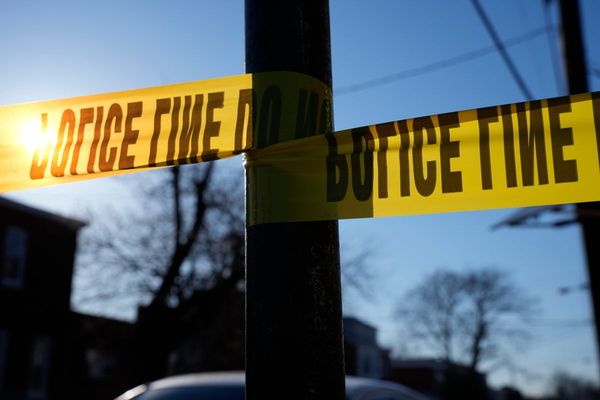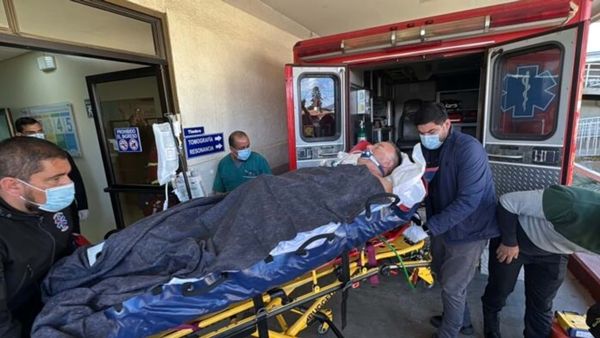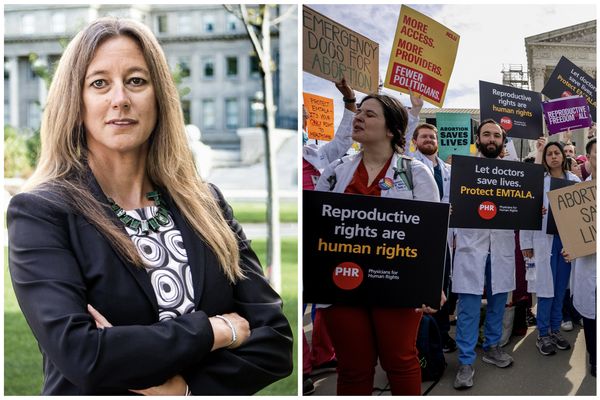
It’s the $368 billion friendship bracelet that the Greens suggested would lead to “floating Chernobyls” off the coast of our major cities, and marks the first transfer in history between a nuclear-weapon state of nuclear-powered submarines to a non-nuclear state.
So just how dangerous are the three AUKUS-born nuclear submarines we’re getting from the US, and the eight we plan to build by 2055? And is there enough nuclear material onboard or around for us to be afraid of a meltdown or malfunction?
Following the announcement of the deal in September 2021, Greens Leader Adam Bandt told the ABC it was a “dangerous decision that will make Australia less safe by putting floating Chernobyls in the heart of our major cities”.
But Bandt’s words were mostly theatrics, Professor Andrew Stuchbery tells Crikey. He’s the head of the Department of Nuclear Physics and Accelerator Applications at ANU, and says the reactors in the US Virginia-class nuclear-powered submarines are nothing like the Chernobyl reactor.
Plus, he says, “it is likely that the submarine reactors will be sealed up for life — Australia will be doing limited maintenance on the reactor”.
Stuchbery acknowledged that Australia doesn’t have specific expertise to service the submarines right now, but says our track record of “operating and maintaining a nuclear reactor that requires more regular intervention (refuelling) than a submarine reactor” speaks for itself.
In a statement to Crikey, the Australian Nuclear Science and Technology Organisation (ANSTO) said it had “safely and securely commissioned and managed Australia’s three nuclear research reactors” in its 70 years, and called Australia “one of the world’s most sophisticated nuclear nations and a leader in a range of nuclear disciplines, including security operations”.
ANSTO said it wasn’t a “credible comparison” to put a “poorly managed” power plant meltdown against today’s naval propulsion reactors, though said there’s “no doubt the devastation of the Chernobyl disaster still stands prominently in the nuclear timeline”.
Griffith University emeritus Professor and radiation and nuclear safety expert Ian Lowe agrees that any sort of nuclear accident is unlikely. The US and UK have had nuclear submarines for decades, Lowe points out, and neither has experienced an issue of that magnitude.
But that’s not to say there isn’t reason to worry about Australia acquiring nuclear subs, Lowe says. Look at the former USSR, which lost as many as nine nuclear submarines either by accident or by sinking them in the northern oceans.
“They are quietly sitting somewhere on the sea bed, where they will eventually disintegrate; we can only hope the containment vessel around the nuclear reactor prevents the release of their fissile material.”
The AUKUS submarines are nuclear-powered but will not contain nuclear weapons, as US President Joe Biden stressed last month. But each of the Virginia class submarines does carry 200 kilograms of highly enriched uranium — nuclear weapons-grade material — which will need “serious military security to ensure it isn’t misused”, Lowe says.
For context, he says, that’s more than three times the amount of enriched uranium used for the bombing of Hiroshima.
“Even back in the 1960s when I was quite enthusiastic about the prospect of nuclear power, I thought it was stupidly dangerous to put nuclear reactors in warships, given that an enemy would be trying to destroy them in any serious conflict,” Lowe says.
Plus, we’re volunteering to try to solve a problem neither the USA nor the UK has solved yet, he adds: “managing the high-level radioactive waste that we will have at the end of each submarine’s life”.
In inking the deal, Australia committed to processing all the radioactive waste generated by the submarines, including “radioactive waste with lower levels of radioactivity generated by day-to-day submarine operations and maintenance”, a government fact sheet reads, “and radioactive waste with higher levels of radioactivity, including spent fuel, which is produced when submarines are decommissioned at the end of their service life”.
Defence Minister Richard Marles called it a future problem that we wouldn’t encounter for decades yet, telling Parliament in March that “we will not have to dispose of the first reactor from our nuclear-powered submarines until the 2050s”.







